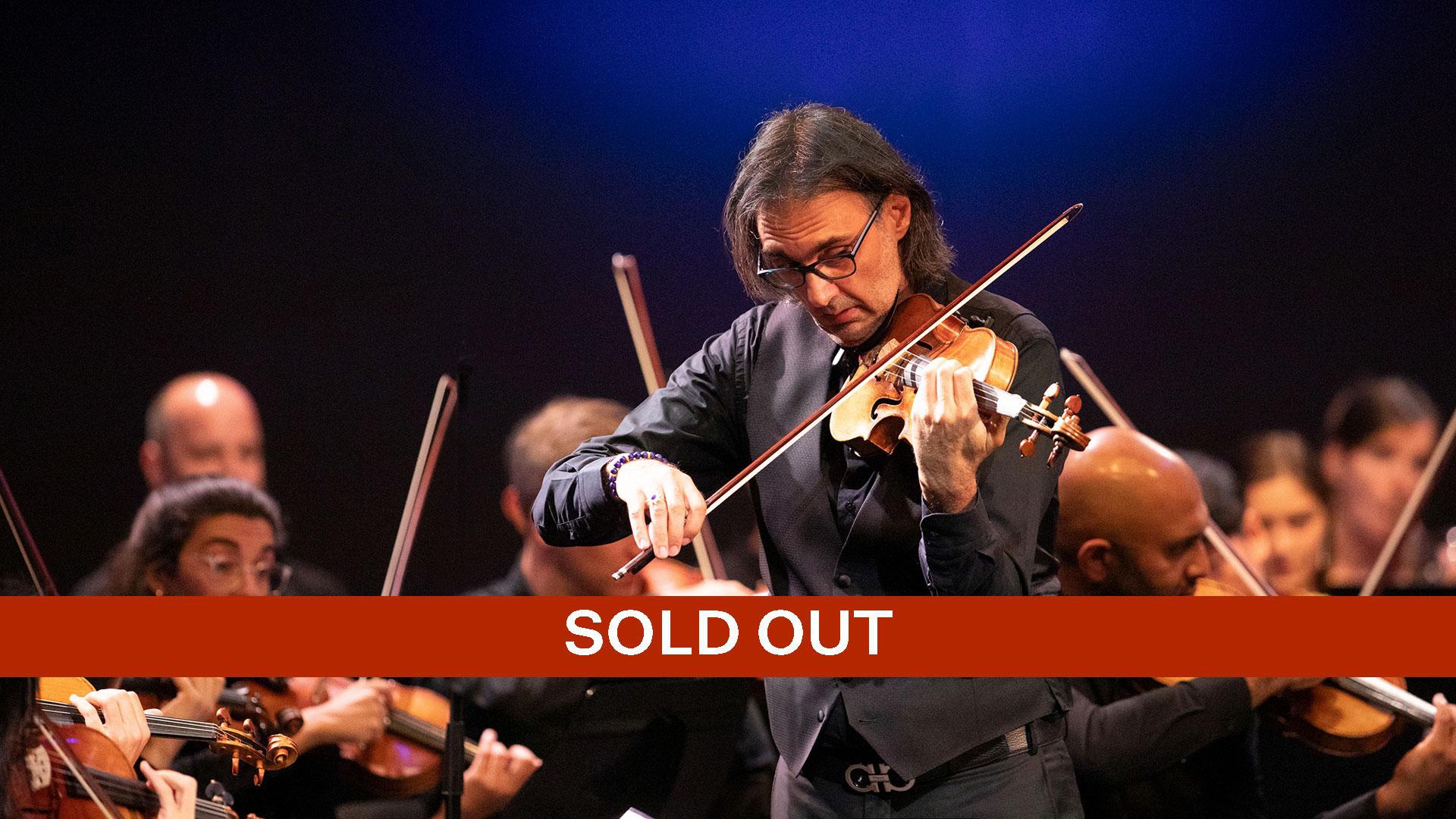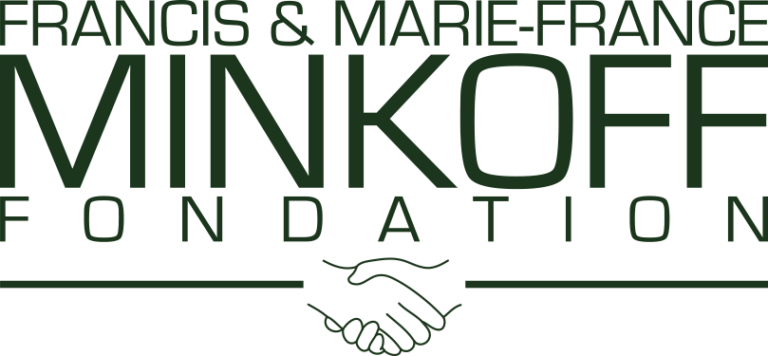
VFCO / RATTLE / KAVAKOS / MÄKELÄ / SHANI
Programme
LUDWIG VAN BEETHOVEN (1770–1827)
Triple Concerto in C major Op. 56
Interval
LUDWIG VAN BEETHOVEN (1770–1827)
Symphony No. 3 in E-flat major Op. 55 ‘Eroica’
Distribution
- VERBIER FESTIVAL CHAMBER ORCHESTRA
- Simon Rattle conductor
- Leonidas Kavakos violin
- Klaus Mäkelä cello
- Lahav Shani piano
Completed in 1804, Beethoven’s Triple Concerto is the only one in the repertoire whose ‘soloist’ is a piano trio – a chamber genre which at the time was hugely popular, meaning Beethoven was being both highly fashionable and entirely unique. It opens strikingly, on a tiptoe, with an ascending figure from which much of the movement’s ensuing march-like material will be drawn. A brief but expressive central Largo makes much of the cello’s upper registers, before tipping seamlessly into a flashy-yet-elegant finale built around a triple-time Polonaise dance and featuring the work’s only solo cadenza. Originally conceived in honour of Napoleon, Beethoven’s ‘Heroic’ Symphony No. 3 was of an unprecedented length for its 1803 time, and his first without a slow introduction. It opens instead on two choral explosions, then a forwards-pushing theme (with a ‘surprise’ final twist) which will appear throughout the work in various guises. Next come an extended funeral march, and a merrily bucolic Scherzo with a central trio of hunting horns. The finale opens on a shout, proceeds with a whisper – plucked strings with the bass-line of the theme Beethoven then turns into a set of variations – before dancing to a triumphant finish.
